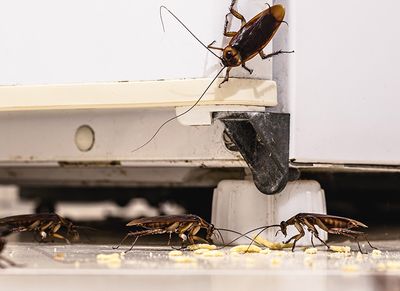Why Cockroaches Come Out at Night: Understanding Cockroach Nocturnal Behavior
If you’ve ever walked into your kitchen after dark and watched a roach dart under the cabinets, you’re not alone. In Shreveport and Bossier City, cockroaches are among the most active nighttime pests that homeowners encounter. And although you may only see a few when the lights flip on, far more are awake, moving, feeding, and breeding while your house is quiet.
At Anti-Pest, we meet homeowners every day who feel embarrassed or overwhelmed when roaches show up after dark. But nocturnal activity isn’t a sign of poor housekeeping; it’s simply how roaches survive.
Understanding their nighttime habits is key to controlling them, especially in Northwest Louisiana’s humid climate.
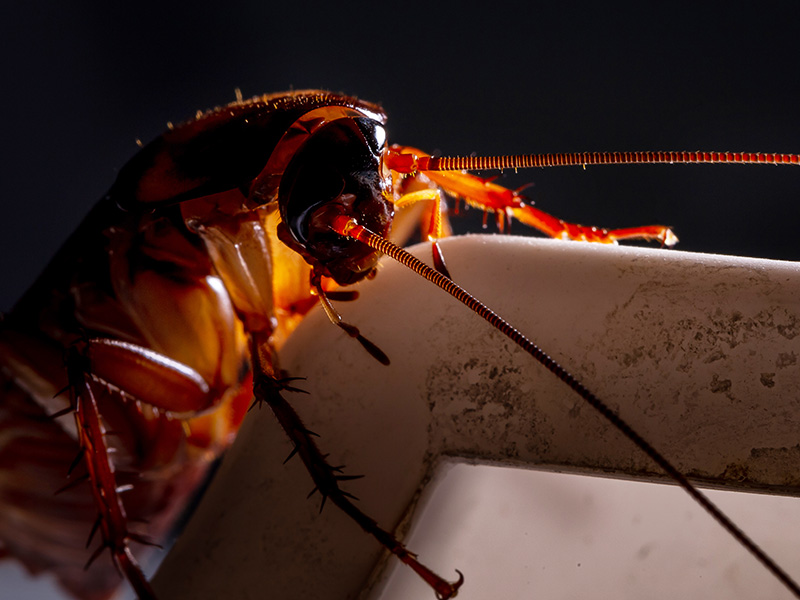
What This Article Covers
- Why cockroaches are most active at night
- Where they go and what they do while your home is asleep
- How Shreveport’s climate, humidity, and crawl spaces influence nighttime activity
- Early signs of a nocturnal infestation
- Why seeing roaches during daylight is a red flag
- Anti-Pest’s locally informed approach to eliminating night-active roaches
Why Cockroaches Prefer the Night
Cockroaches aren’t just occasionally active at night; they are naturally nocturnal. Their entire biology is built around staying hidden during the day and venturing out after dark to find food, water, and mates.
Light Avoidance
Roaches instinctively avoid bright light because it exposes them to predators. Even indoor lighting triggers the same survival response, which is why they scatter the instant a switch flips.
Safety in Quiet Hours
At night, the home is still. No footsteps, no vacuum cleaners, no moving pans or doors closing. This allows roaches to explore, feed, and travel long distances within the structure.
A Feeding Window
Roaches feed when you’re not around:
- Food residue on counters
- Droplets under faucets
- Crumbs on the floor
- Pet food
- Trash cans
- Grease along stove edges
A clean home can still support a roach infestation once it is established, as these nasty bugs require very little food or moisture to survive.
What Cockroaches Do While You Sleep
When the sun goes down, roaches move through your home with purpose. They aren’t aimlessly wandering; they’re following scent trails, seeking mates, and expanding their territory.
They forage for food
German roaches (common indoors) move through kitchens and bathrooms searching for crumbs, grease, and moisture.
American cockroaches (often entering from crawl spaces) explore drains, utility lines, and dark floor-level areas.
They reproduce rapidly
Nighttime is when they seek mates and drop oothecae (egg cases). A single female can produce hundreds of offspring per year, most deposited in hidden spots you won’t see.
They expand into new areas
Roaches map out routes to new hiding spots. Overnight, they may move:
- From crawl spaces into kitchens
- From bathrooms into laundry rooms
- From wall voids into pantries
They follow plumbing and HVAC lines
Utility chases act like highways. Roaches travel through warm pipes, gaps, and wall voids while the home is quiet.
The Shreveport Factor: Why Night Activity Is Worse Here
Shreveport’s environment gives cockroaches everything they need to thrive at night.
Humidity
Roaches are moisture-seeking insects. With our climate, kitchens, bathrooms, and crawl spaces rarely stay dry enough to discourage activity.
Crawl spaces
Many homes in our area sit on pier-and-beam foundations. This is especially true for older homes that were built before the widespread use of slab foundations. Crawl spaces often have:
- Soil contact
- High moisture
- Plumbing penetrations
- Easy access points
- Warm spots near ductwork
American roaches become especially active at night in these spaces, then move into kitchens and bathrooms while homeowners sleep.
Older homes and small gaps
Many neighborhoods feature older houses with settling, utility openings, and construction gaps, which are often prime nighttime travel routes.
What Does Nocturnal Roach Activity Look Like?
If you want to know whether roaches are moving around your home at night, look for these signs:
- Seeing roaches when you turn on a light after dark
- Droppings in drawers, cabinets, or along baseboards
- A musty or oily odor in confined areas
- Smear marks near water sources
- Shed skins or egg cases
- Roaches around drains or sink overflows
- Increased activity in bathrooms at night
If you see roaches during the day…
This usually means the nighttime population is overflowing; there are so many hiding that some are forced out early. Daytime sightings are a serious warning sign.
Why Nocturnal Behavior Matters for Treatment
Roaches hide during the day, but killing the ones you see at night won’t fix the problem.
Effective control must target:
- Cockroaches that are hiding out of sight
- The nighttime travel routes
- The crawl-space sources
- The moisture that keeps them active
Over-the-counter sprays rarely reach the places roaches live and breed.
How Anti-Pest Eliminates Cockroach Activity
Our approach is built on decades of experience with the exact conditions homeowners face in the Shreveport-Bossier area. Our home pest control services begin with a thorough inspection to identify the species, assess the severity of the infestation, and locate conducive conditions. From there, we’ll treat the home to exterminate existing cockroach activity and, when you sign up for our ongoing plan, one of our trusted professionals will return every other month to ensure cockroaches and other house-infesting pests don’t have the opportunity to take over.
Sleep Easier With Expert Cockroach Control
Roach activity at night can make your home feel uncomfortable, unsanitary, and stressful. But you don’t have to deal with it alone. Anti-Pest has helped Louisiana families solve these problems for 75 years, and we know exactly how to control the species that thrive in our area.
If nighttime roach sightings are becoming common, or you’re finding signs of activity in your kitchen, bathroom, or other part of your house, our team is ready to investigate and stop the infestation at the source. Contact us for assistance!

Testimonials


Our Services
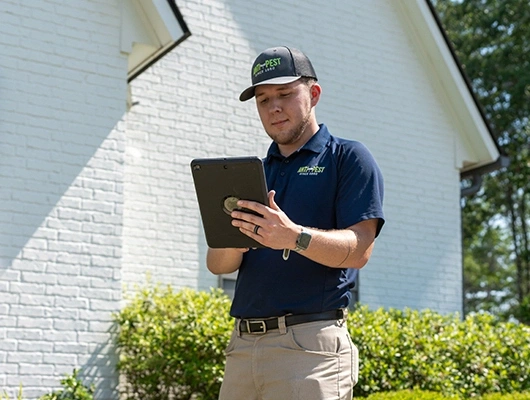

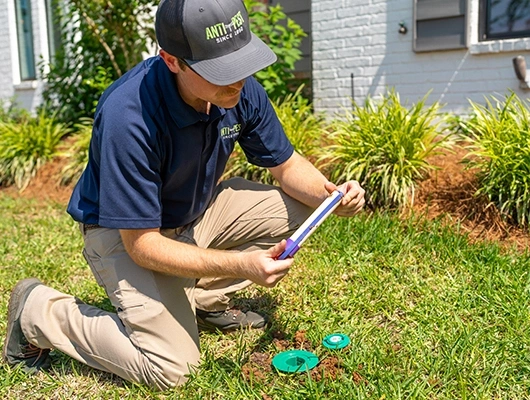


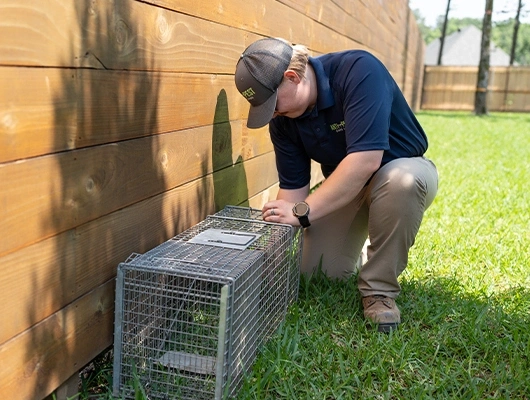
News, Blogs, & Articles
Anti-Pest Blog


